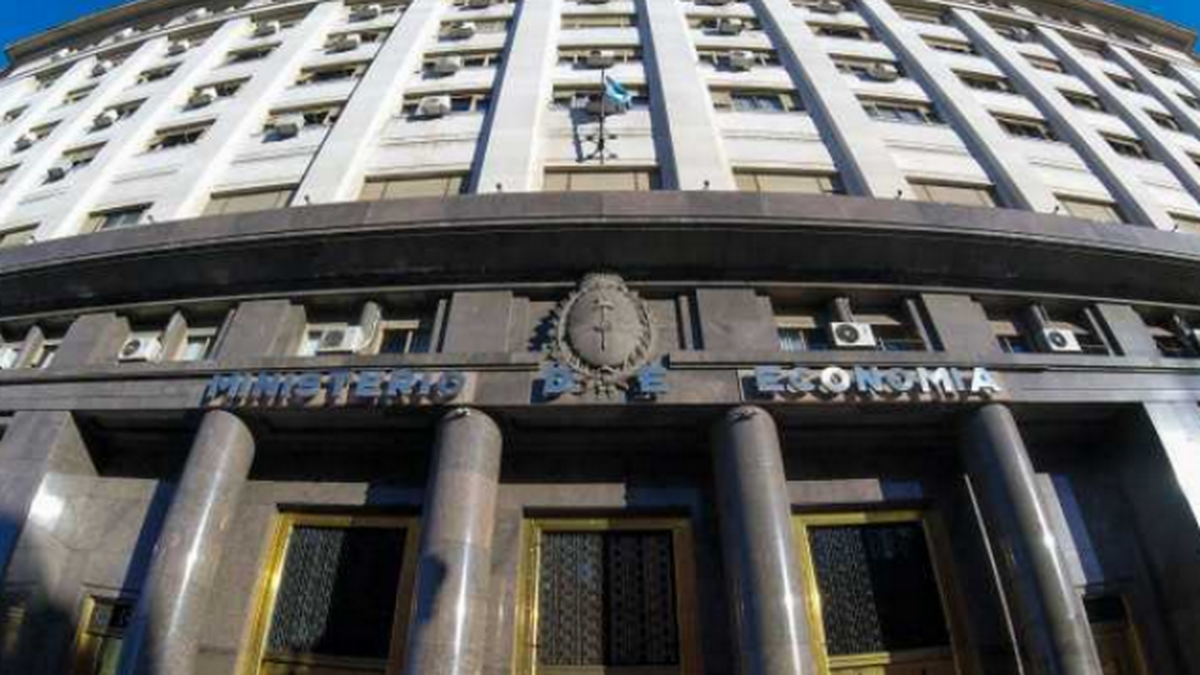With that, In the two-month period, the Treasury already achieved a roll over rate in the year of 139%as officially reported. So far, $402,822 million were accumulated over and above maturities.
70% of what was achieved in February was captured by fixed-rate instruments, between one LELITE (15.7%) and two LEDES in May and June (41.3% and 13.1% respectively). On the other hand, 18.5% was awarded to a LECER that matures on June 16 (X16J3) and the remaining 11.4% to the Dollar Linked bond that matures on July 31.
Unlike the call of the 15th, in which indexed securities predominated, in the second tender, discount bills were privileged. They ended up paying a 119% effective annual rate, against 118.1% of the previous call. Lecer’s rate fell from 5.33% plus inflation to 5.07%.
None of the bonds placed on this occasion manage to exceed the maturity horizon of July. The Treasury still cannot enter a more unstable space such as August, at which time the presidential candidates will be defined in the PASO and the market would have some certainty about what could happen after December of this year.
Faced with this insecurity regarding the future, the Government is paying for it with a tax. According to a report by the consulting firm F2 Financial Solutions, the rate of the LEDs of 119.5% is the record of the instrument. The consultant considers that among the $270,000 million that the market offered on Friday but Finance decided not to take, there were even higher claims. And it points out that if it is taken into account that the crawling peg rate of the Central Bank is located at an annual effective rate level of 102.33%, the 119.5% that was paid for the Discount Letters is equivalent to 8, 5% per year in dollars.
In March, meanwhile, the equivalent of US$5.9 billion will mature, according to estimates by the Congressional Budget Office. While in April it jumps to about US$13,000 million. The Government already anticipates that it will go back to the market with a voluntary debt swap to clear the commitments of the second quarter, with which it will try to bring the terms until 2024. Again, it will have to overcome the distrust of the markets about the reaction that the opposition would have if it reached the government.
On the other hand, the Ministry of Finance released the latest Monthly Debt Bulletin. The report indicates that the total gross debt as of January 31 was US$395,774 million, of which US$393,274 million are in a normal payment situation. Only 34% is in local currency. The bulletin states that between January 2022 and the same month of 2023 the gross debt grew by US$30,061 million, of which US$9,371 million are in dollars and US$20,687 million in national currency.
Source: Ambito




